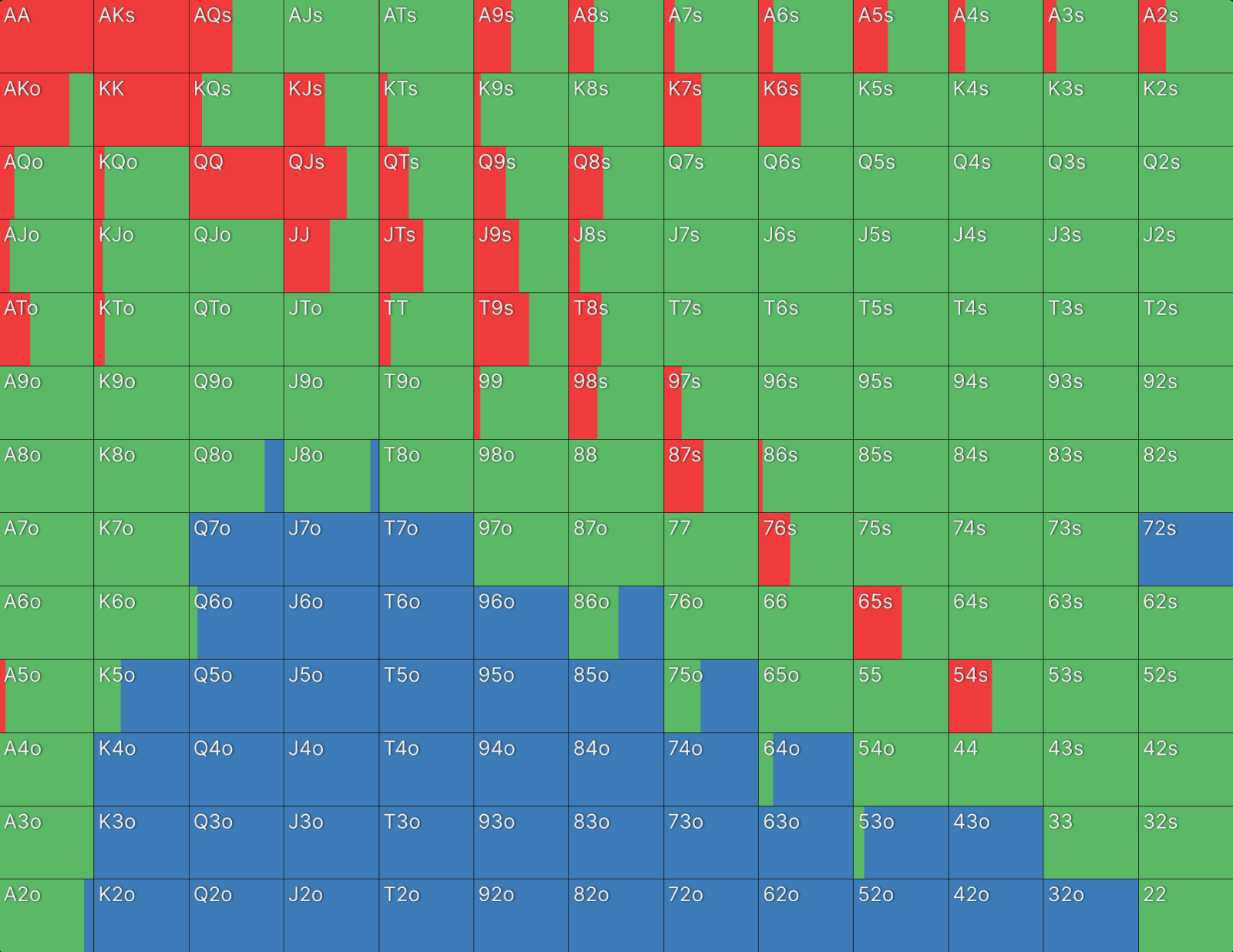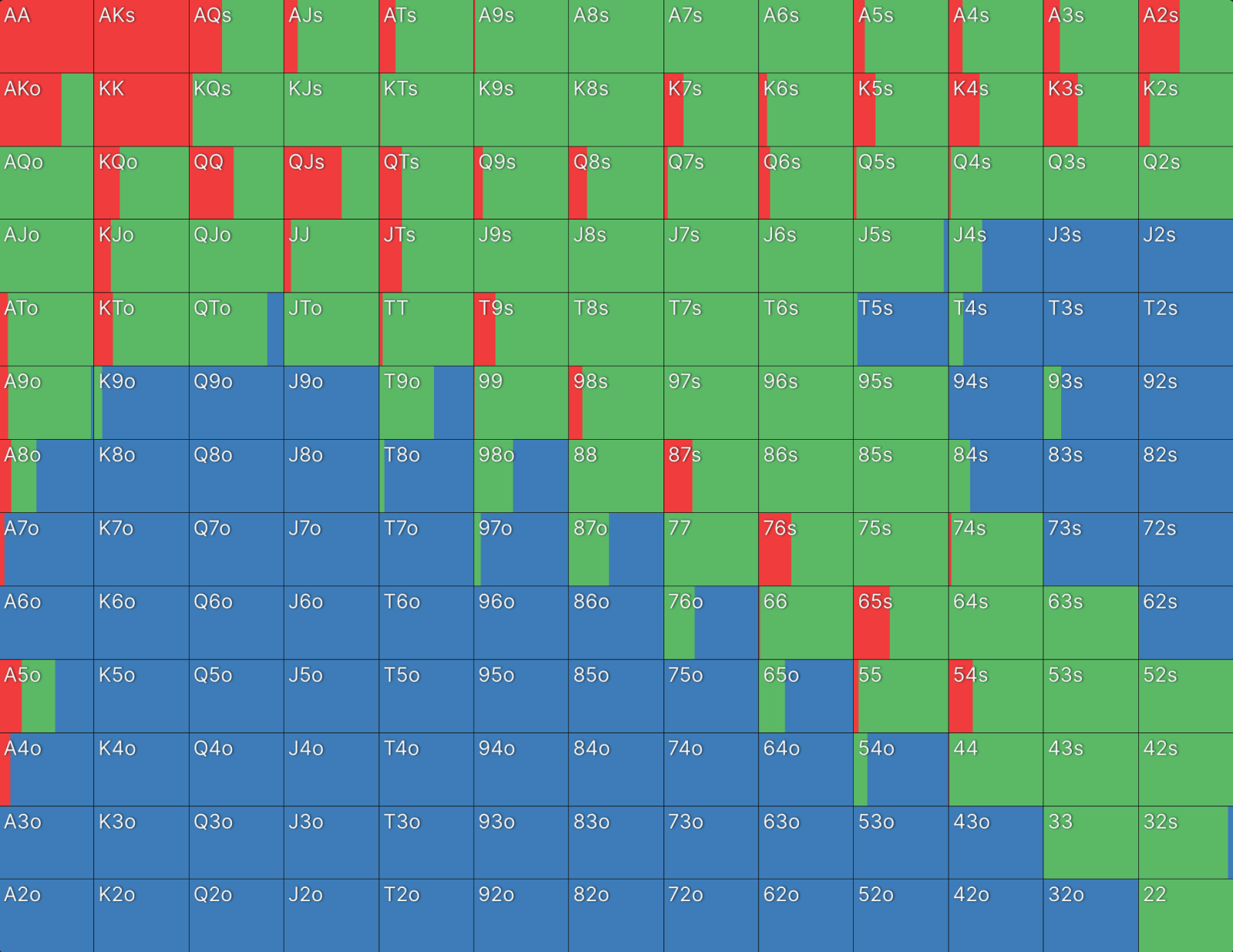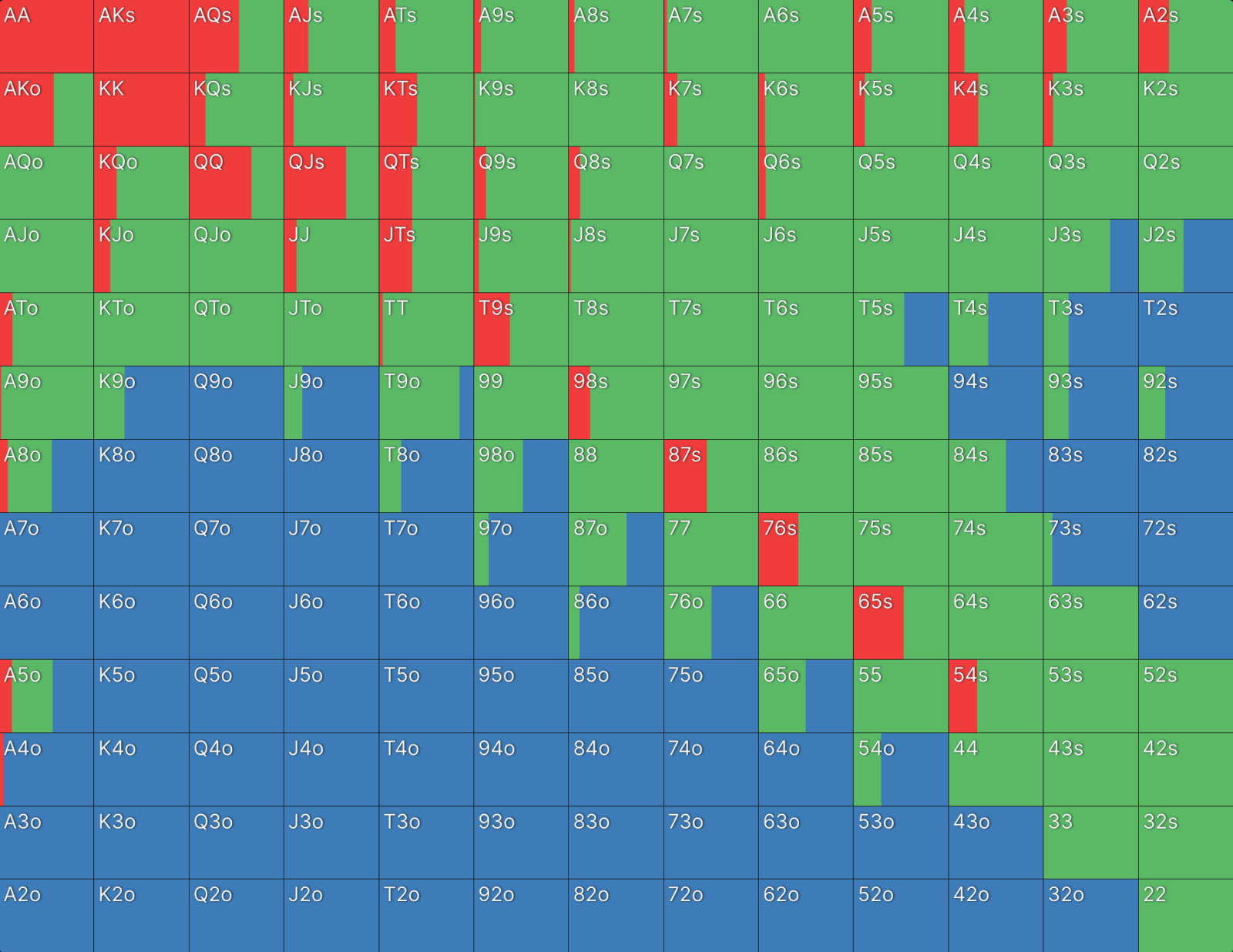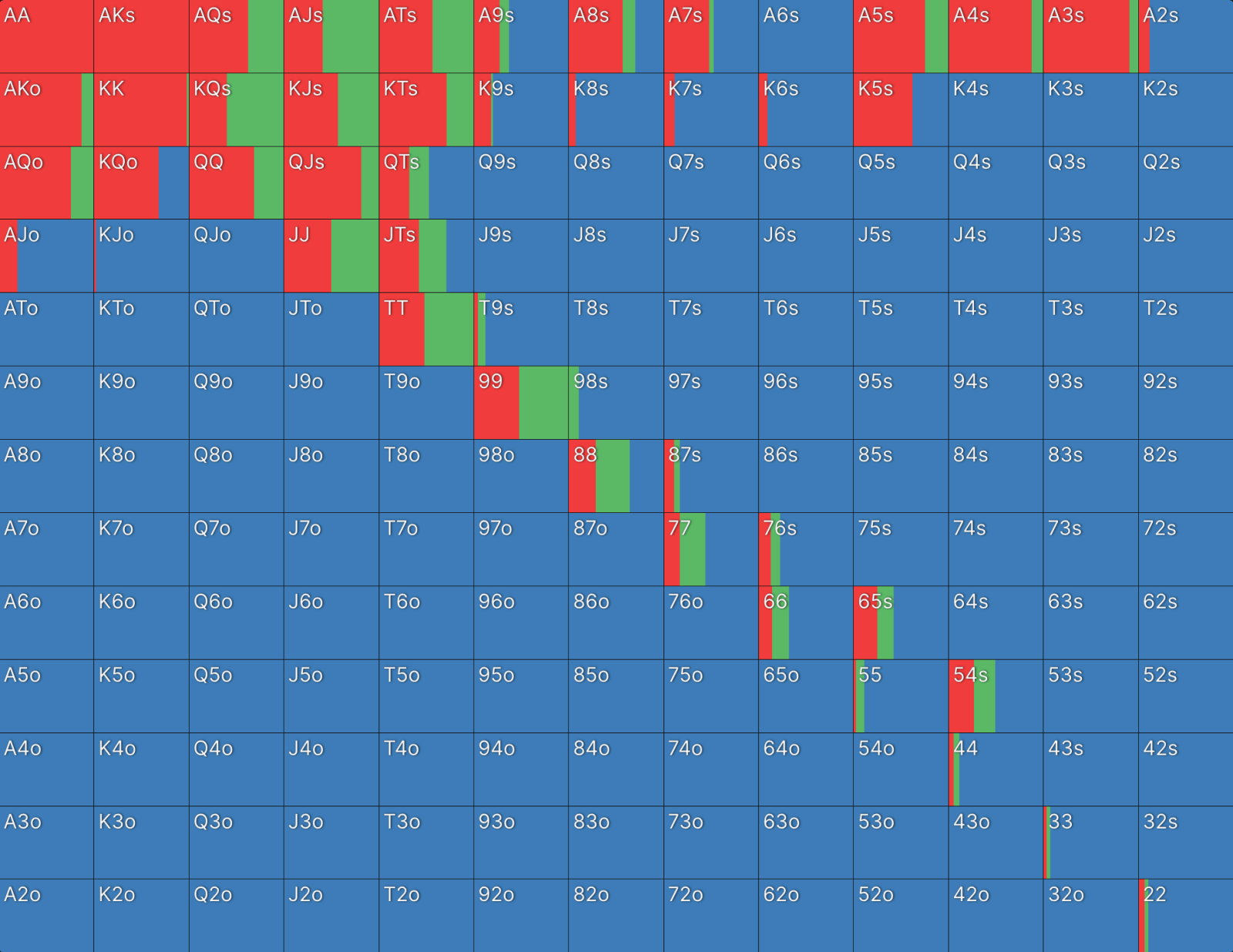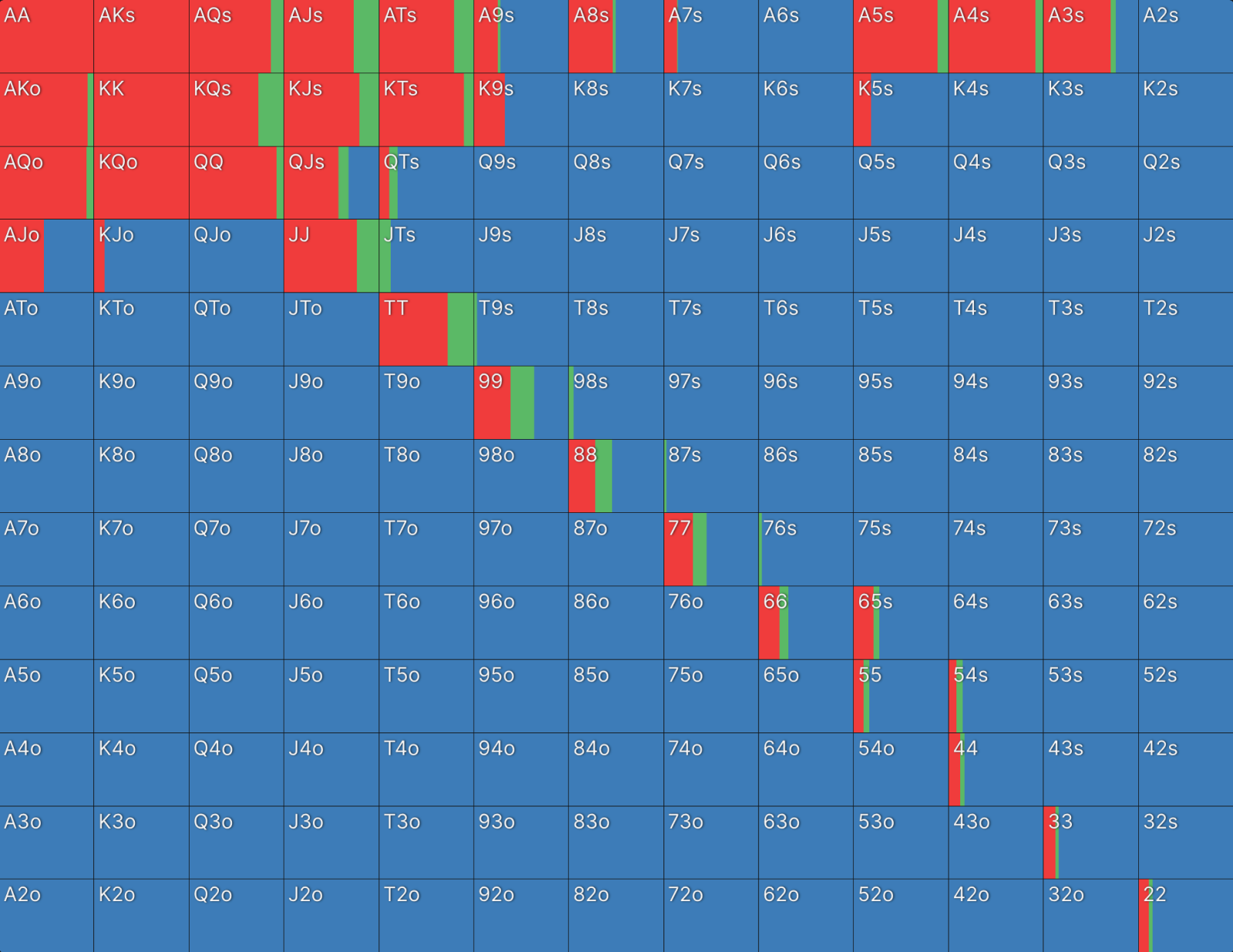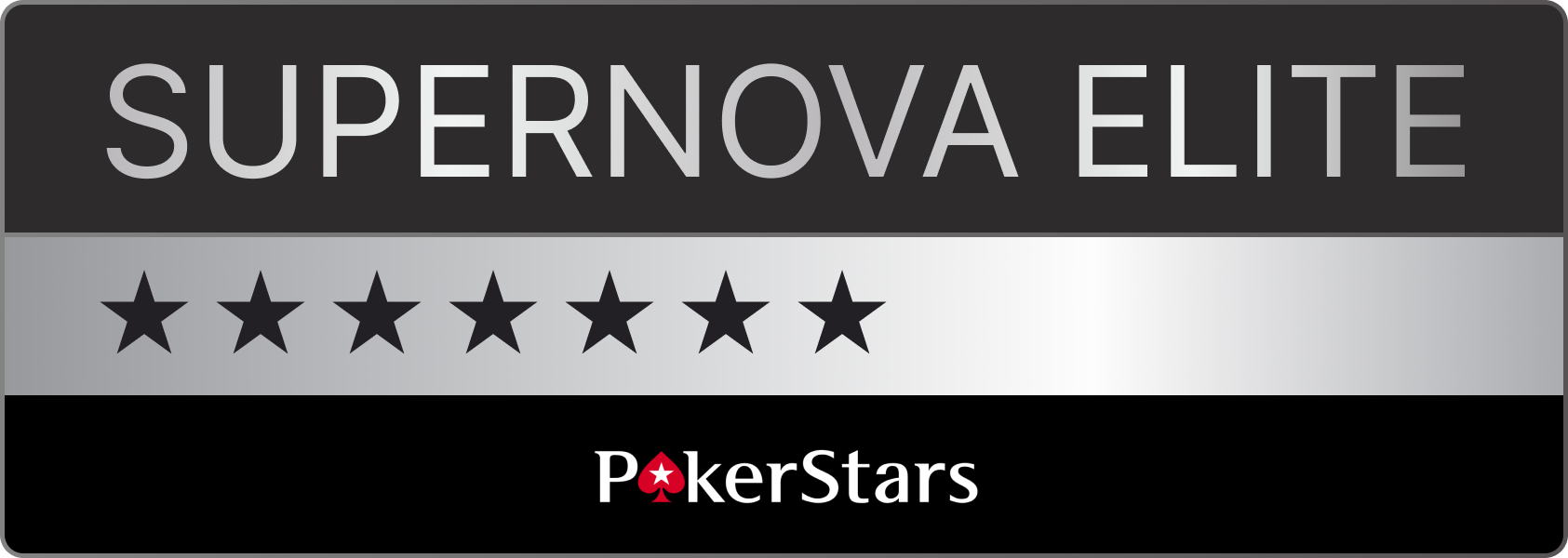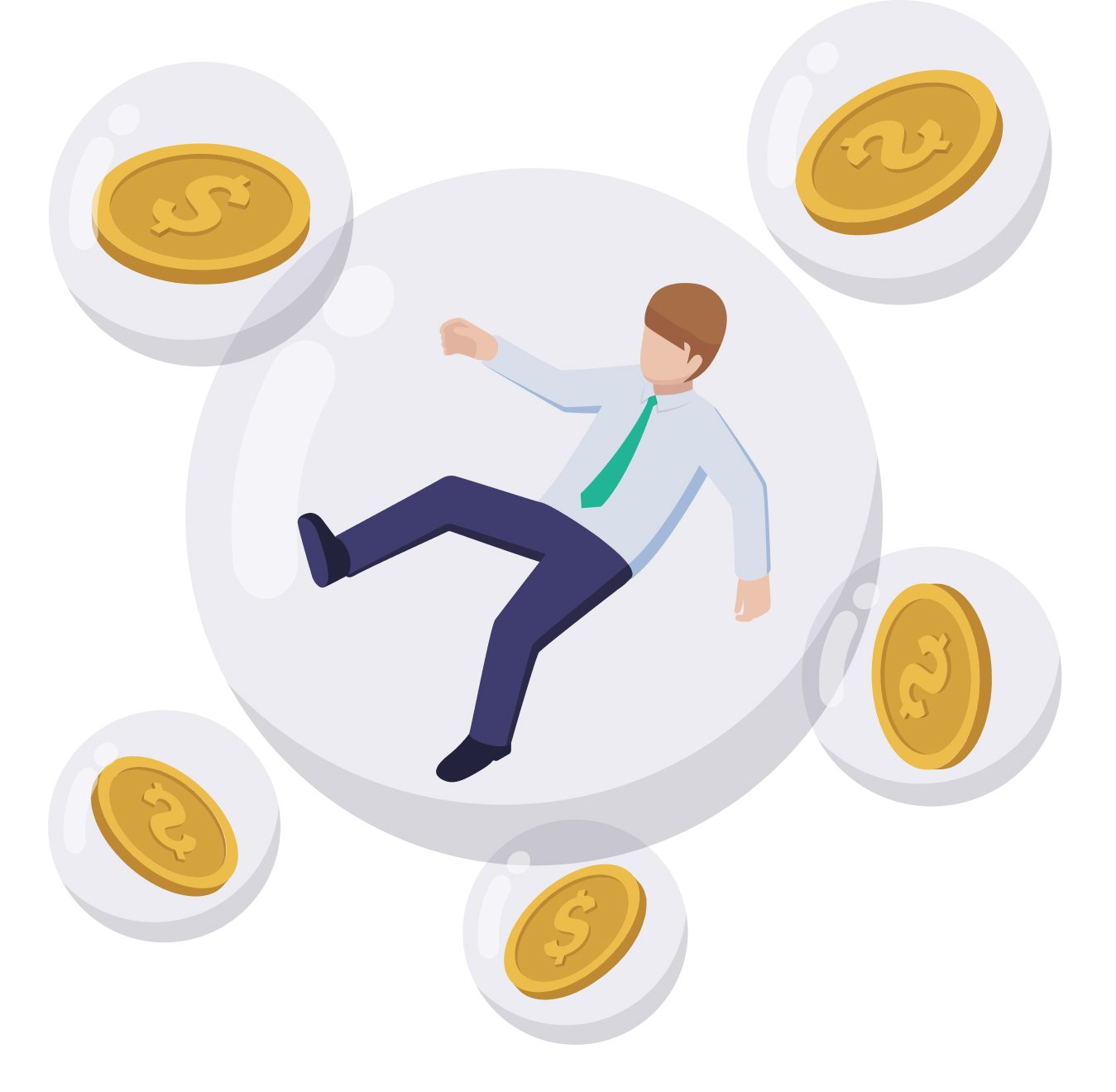Rake & Rakeback Explained: Optimize Your Poker Earnings
Rake is one of the main things that allows poker to distinguish itself as a skill game compared to other casino offerings. It is also one of the most contentious topics in poker.
Unlike ‘house games’ like roulette or blackjack, poker players play against each other, not the casino. Rather than the casino having an edge, they make their money by charging a fee to play, known as ‘rake.’ In cash games, this is usually a percentage of the pot. In tournaments, this is a one-off fee on top of the buy-in.
Rake 101
The main form of rake is to take a percentage of the pot in a cash game. So, if the rake is 5% and the final pot is $200, $10 goes to the casino and $190 goes to the winner. The rake is also usually capped in absolute terms. For example, it could be capped at $6, meaning in the example above, a $200 pot would see $6 go to the casino and $194 go to the winner. At the same table, a $500 pot would still see only $6 go to the casino.
There are sometimes different caps based on the number of players at the table. The game above might have a $4 cap if only three players were at the table but $6 if five players were dealt into the hand. Some poker rooms do not charge rake at all until a certain number of players have sat down, so if a table is four-handed it might be rake-free for a while. This is to encourage players to start tables rather than waiting to join an existing one.
Rake is not the only way some live poker rooms charge their players. Some games have a table charge instead, where each player pays a fee every 30-60 minutes. Or they may just rake the first pot over a certain amount at a higher rate, once per hour.
A more recent method, similar to a table charge, is the membership and seat rental format popularized in Texan cardrooms. It is not legal to charge rake for gambling games in Texas, so the cardrooms there charge players a monthly membership fee as well as an hourly fee to ‘rent’ their seats. The Lodge, for example, charges $11 an hour to rent a seat. This is a much more favorable method if, on average, you pay more rake per hour in a standard raked game. This will usually be a case of how high you play and how fast the dealers are.
Every few years, somebody tries to start a ‘rake-free online poker’ room, with the proposal that instead of charging a fee to play, the online room should put ads on the table that change each hand. With online poker rooms each dealing billions of hands per year this sounds like a logical solution, but the reality is it never gets off the ground, most likely because it would impact the playing experience.
Why So Controversial?
Rake is a controversial topic because obviously nobody likes to pay it. If you are a recreational player, the discussion of rake is moot; it is most relevant to professional players who depend on their winnings to make a living. If you are beating the game for 7bb/100 but paying 5bb/100 in rake, your net win rate is only 2bb/100. A small increase in rake can turn a winning player into a breakeven or losing player.
In this respect, rake is one of the very top considerations for game selection. It may be the case that a site full of whales is still unbeatable because of the rake, whereas a ‘tougher’ site is still a better option if it has low rake.
Rake impacts lower-stakes players more significantly. For example, at most online poker rooms, the rake is between 4% and 7%—usually around 5%—at all levels. However, the caps vary greatly for different stakes. For example, at the time of writing, these are the advertised rake caps for a selection of online poker rooms at different stakes:
As you can see the caps are very aggressive at NL2 across all sites and comes down exponentially with every higher stake.
Why is this? Two reasons:
- Cost product/service
It largely costs the same amount of overhead for an operator to run a low stakes table as it does a high stakes table. NL2 online requires the same resources as a NL1,000 table. A live $1/$2 game requires the same table space and dealer as a $25/$50 game. The operator has to make a profit, so they charge what they need to keep the table going. The lower the stakes, the more big blinds are required to reach the monetary goal to upkeep and profit. - Vocality customers
The higher the stakes, the more vocal the players are, especially because more professionals will be involved. Professional players are acutely aware of rake changes and will be the first to complain when they happen. There have even been successful boycotts, like the one in 2023 at GGPoker, when the rake at PLO tables increased. Micro-stakes players are usually voiceless recreational players by comparison. They also tend not to understand the impact of rake until they have moved up in stakes.
This means that micro-stakes players get the raw end of the deal and so the meme that the “micro stakes are unbeatable” is not without reason. It’s feasible that a professional player could not beat the micros because of the rake.
How Rake Impacts Strategy
If you are new to technology like GTO Wizard, you may have noticed that 100bb ranges in tournaments and cash games look very different to each other. This is because of the impact of antes in tournaments, and rake in cash games.
Rake also exists in tournaments; however, it is in the form of a tournament fee, which is taken prior to playing in it. So, once the entry cost of a tournament is covered, you can play hands without having to worry about rake. In cash games, rake is a recurring potential factor to be assessed on a per-hand basis.
The higher the rake, the higher your win rate has to be (to overcome that rake).
In tournaments, this is simply a matter of game selection, but in cash games, this is reflected in strategic play itself, such as how tight a range to open. Let’s contrast the same spot in different formats to prove the point:
Comparing Different Rake Structures
The BB folds 62% of the time in the cash game but only 39% of the time in the MTT. This is more a function of the antes in tournaments, making every pot more worth going after, but it is also a factor of the rake. We can demonstrate this by looking at the same spot at NL500:
Now, our BB goes from folding 62% of the time at NL50 to folding 59% of the time at NL500. The only difference between the two is the relative rake. Both are 5% rake, but NL50 has a cap of 4bb while NL500 has a cap of just 0.6bb. Paying almost seven times less relative rake means the NL500 grinder can play 3% more hands.
Perhaps even more significant than the percentage of rake and the cap is another aspect of rake that impacts strategy: whether the poker room has a ‘No Flop, No Drop’ policy.
Some poker rooms, such as GGPoker, rake pots that end preflop. Most other poker sites only charge rake if the pot goes postflop. The best way to demonstrate the impact on the strategy is by looking at the following ranges. These are both NL50 and 100bb CO ranges when facing an open from LJ.
The ranges differ slightly because the LJ has a wider opening range at GGPoker, and GGPoker’s rake cap is two times bigger. However, the main difference is that:
- No Flop, No Drop poker site: The CO raises 9% and calls 1.4%
- GGPoker: The CO raises 8% and calls 3.2%
Raise more preflop when there is no rake in preflop pots.
The reason for this is simple: in the non-GG example, the players are more incentivized to take the pot down preflop. They get to keep 100% of any pot they win preflop. Pots that go to the flop usually end up larger, but they also incur a 5% rake.
Since this article is not so much a strategic one but more so aiming to give an overview of all rake-related aspects in poker, we won’t explore the impact of rake on strategy further here. If you want to continue the descent down this rabbit hole, we covered this topic extensively in this video:
Rakeback & Promos
Rake means that you are a paying customer at the poker room and, as such, should be rewarded for your loyalty. Most online poker rooms have “rakeback,” which is a percentage of the rake you paid given back to you. At the time of writing, PokerStars pays as much as 60% rakeback for some players. Generally speaking, most rooms give at least 20% back.
A quick Google search for the word ‘rakeback’ will bring you to several rakeback calculators that can estimate how much you could recuperate.
These are just a few hypotheticals to give you an idea of what you could get:
- A $0.10/$0.25 player who plays 2 tables simultaneously for 14 hours a week, getting 20% rakeback, could earn $97 a month
- A $0.25/$50 player who plays 8 tables simultaneously for 28 hours a week, getting 40% rakeback, could earn $2,180 a month
- A $1/$2 player who plays 4 tables simultaneously for 42 hours a week, getting 30% rakeback, could earn around $4,906 a month in rakeback
Take the above examples with a pinch of salt because they were generated at a rakeback site incentivized to sell you their deals. They look a little exaggerated. However, you can see how rakeback alone could make up a substantial and reliable income for an online grinder.
In the early days of online poker, it was very feasible for a breakeven player to make a living from rakeback alone. This was because there were a lot of games running, very generous rakeback deals, and no restrictions on the amount of tables you could play. This might sound idyllic, but it had a negative impact on the game because it meant most tables were full of tight regs who had 23 other games going. The vanguard rakeback deal back in the day was SuperNova Elite on PokerStars, which was worth as much as $129,600 to anyone who raked $181,818 (1 million VIP points) in a calendar year.
It is not as generous these days. Not only are the deals not as substantial, but several poker rooms also have a cap on the number of tables you can play.
Present-time VIP schemes vary. Some give out flat cash rewards per week/month, others pay loyalty points that have a cash value and can be exchanged for bonuses and tournament tickets. This is more beneficial to the operator because it means the rakeback has to go back on the tables in order to be realized, whereas cash could be withdrawn instantly.
Most online poker loyalty systems reward high volume. They tend to operate in a tiered reward system where you need to generate a certain amount of rake to get to the next level, but getting to the next level means you can generate more rakeback. For example, this is the current system for PokerStars rewards. $1 of rake is equal to 100 reward points:
To get to the bronze level, you need to rake $60 in a 28-day period, and that means you get 17.5% rakeback. To get to the black level, you need to rake $2,500 in a month, and that gets you 40% rakeback (and with other benefits, it can be as high as 60% for some games). This is another example of how lower-stakes players are disadvantaged when it comes to rake. Besides paying relatively more rake, few of them can ever hope to attain the higher status levels that grant more rakeback.
This is not the only way that rake varies depending on where you play. Poker rooms differ in how they assign rakeback to players.
Ways of Assigning Rakeback
The purest form of rakeback is “contributed rakeback,” which is where you are given back the rake based on the actual amount you paid. If you have a 30% rakeback deal and paid $100 in rake, you get $30 back.
There is also “dealt rakeback,” which is rare these days and is where you are given rakeback for every hand you were dealt into, rather than how much you specifically paid. This method rewards high volume but also encourages very tight play. It was common for players on these deals to 24 table and only play premium hands.
More recently, poker has moved towards a “hybrid rakeback” deal, where losing players are awarded more rakeback than winning players. This is to protect the poker ecosystem and allow recreational players more time to have something to play with before having to deposit again.
Another recent system is the “missions” system. This is a gamified version of rakeback, where loyalty points and tickets are awarded not just for volume but also for variety. For example, you might be awarded an extra cash prize for playing cash games when you normally just play MTTs. You may also get extra cashback for playing in the casino or making a sports bet. The missions system is aimed at recreational players and is used for customer retention, hoping that the more games they try, the more likely they are to find one they like.
Which rakeback system is best is up for debate. Contributed is the fairest; you get back what you put in. However, most acknowledge that more needs to be done to keep recreational players around for longer, so the hybrid and mission systems have merit. At the time of writing, the industry appears to be shifting back to the simplicity and fairness of the contributed method.
Rewarding Loyalty Beyond Rakeback: Promotions
In addition to rakeback, most sites have extra promotions that reward loyalty, most notably the Rake Race/Rake Chase. A rake race is a leaderboard for grinders where the most loyal players get the biggest prize on top of the usual rakeback. The top 50 grinders in a month, for example, might compete for a $10,000 prize pool where the highest raker gets $2,000, 2nd highest gets $1,000, all the way to small prizes like $50. A rake chase is a version of this that is more like a mission where you are set a particular target, say $1,000 raked in a month, and get a prize like $200 if you manage it. There are also hybrid leaderboards for games like Spin & Go, which award points for success at the tables, but generally the players who played the most games win because they are judged on turnover, not profit, so they are de facto rake races.
Rake races are a brilliant extra incentive for high-volume players, but they also encourage bots and shared accounts. (Let’s just say that the winners of rake races tend not to sleep much.)
If you are a high-volume player, then high rakeback deals, loyalty tiers, and rake races are all good reasons to stay loyal to one poker room and put all your volume there. If you can earn the equivalent of something like 50% rakeback on site X because you have achieved gold status and they have a $10,000 rake race but only get 27% flat rakeback at site Y, you would be silly to play on site Y.
Conclusion
Poker players complaining about rake looks petty to outsiders when it is such a small fraction of the pot, but it is actually perhaps the most important game selection consideration. A high-raked poker room has a ‘death by a thousand paper cuts’ effect on your bankroll.
Rake matters most to players who care most about their win rate since rake affects win rate. Put dramatically, when winning is a matter of survival, rake becomes a top priority. So it will be the professionals who are keenly aware of it.
Rake and rakeback are more important the lower the stakes. Low-stakes players are punished with high rake caps and low rakeback because this is the only way those games can generate a profit for operators.
Good rakeback is very important for high-volume players and can turn a breakeven player into a winning player. But importantly, however enticing some reward programs are, you will usually be better off playing on sites with lower rake in the first place.
Author
Barry Carter
Barry Carter has been a poker writer for 16 years. He is the co-author of six poker books, including The Mental Game of Poker, Endgame Poker Strategy: The ICM Book, and GTO Poker Simplified.
Wizards, you don’t want to miss out on ‘Daily Dose of GTO,’ it’s the most valuable freeroll of the year!
We Are Hiring
We are looking for remarkable individuals to join us in our quest to build the next-generation poker training ecosystem. If you are passionate, dedicated, and driven to excel, we want to hear from you. Join us in redefining how poker is being studied.



